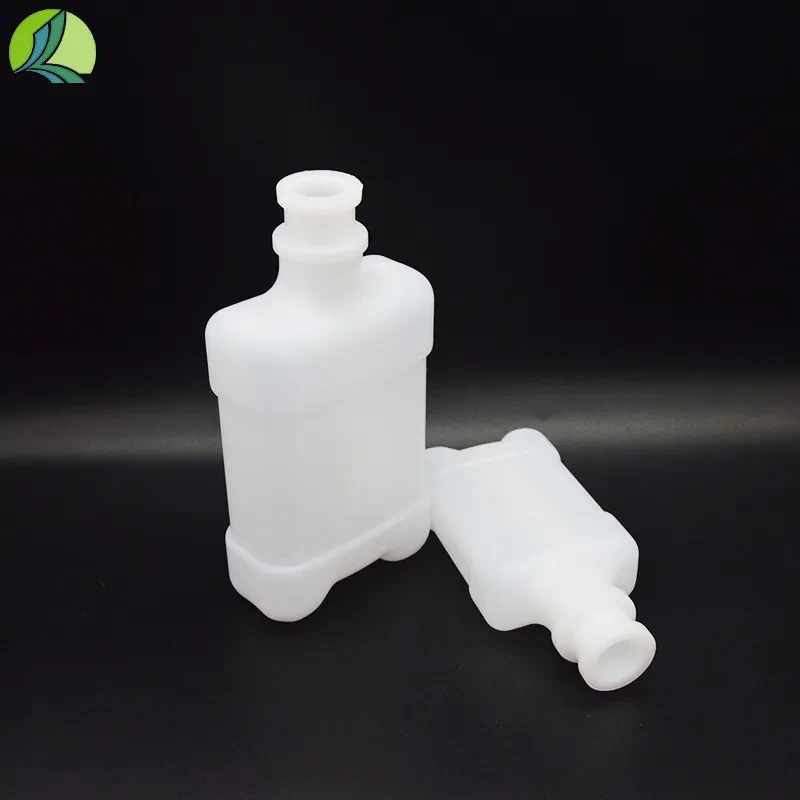Exploring the Applications of Small Sample Tubes in Laboratory Research
Understanding Small Sample Tubes in Laboratory Settings
In the realm of scientific research and laboratory experiments, precision and accuracy are paramount. This is particularly true in the context of sample preparation and analysis. One significant innovation that has emerged to facilitate laboratory work is the use of small sample tubes. These tubes, designed for handling smaller volumes of samples, have transformed various fields, including molecular biology, chemistry, and clinical diagnostics.
What Are Small Sample Tubes?
Small sample tubes are specially designed containers that can hold minimal volumes of liquids, typically ranging from a few microliters to a few milliliters. They come in various materials, such as polypropylene and glass, and are available in different sizes and formats to cater to specific applications. Some common types include microcentrifuge tubes, PCR tubes, and cryovials.
Advantages of Using Small Sample Tubes
1. Reduced Reagents and Sample Consumption One of the most significant advantages of small sample tubes is the ability to conduct experiments with less sample volume. This is particularly beneficial in studies of rare or expensive materials where every milliliter counts. By conserving samples, researchers can perform more tests and generate meaningful data without depleting precious resources.
2. Enhanced Precision When dealing with small volumes, conventional containers may not provide the necessary precision. Small sample tubes are designed to ensure accurate measurements, reducing errors in experimental results. They are often marked with graduated measurements, allowing for precise volume adjustments.
3. Compatibility with Automated Systems Many modern laboratories rely on automation for high-throughput screening and analysis. Smaller tubes are often compatible with automated liquid handling systems, enabling researchers to process multiple samples efficiently. This integration significantly speeds up workflows, enhances reproducibility, and ultimately improves productivity.
small sample tubes

4. Storage and Stability Small sample tubes are designed to withstand extreme conditions, providing optimal storage solutions for biological samples, reagents, and chemicals. Many are designed for long-term cryogenic storage, ensuring that samples remain stable over time.
5. Minimized Contamination Risks Utilizing smaller samples also reduces the risk of contamination. Smaller tubes can be easily sealed and often come with integrated caps or lids, minimizing exposure to external environments and potential contaminants.
Applications of Small Sample Tubes
Small sample tubes are widely used in various laboratory techniques. In molecular biology, they are essential for performing polymerase chain reactions (PCR), where precision and minimal sample use are critical for obtaining reliable results. In clinical diagnostics, these tubes often hold blood or urine samples for analysis, ensuring accurate measurements and results that aid in patient care.
Moreover, in analytical chemistry, small sample tubes facilitate experiments such as spectrophotometry and chromatography, allowing chemists to conduct analyses with limited sample quantities. This adaptability across multiple disciplines highlights the versatility and importance of small sample tubes in modern research.
Conclusion
In summary, small sample tubes play a crucial role in contemporary laboratory practices, offering myriad benefits that enhance precision, efficiency, and sample conservation. As research demands evolve and the need for accurate data increases, the significance of these small yet mighty tubes will continue to grow. Whether in molecular biology, clinical diagnostics, or analytical chemistry, small sample tubes are indispensable tools that propel scientific advancement. Their ability to streamline workflows, reduce costs, and maintain the integrity of samples makes them a staple in laboratories worldwide.
-
Aesthetic Makeup Spray Bottles | Fine Mist Empty RefillableNewsAug.19,2025
-
White Plastic Veterinary Vaccine Vials | Lab Liquid BottlesNewsAug.18,2025
-
Plastic Medicine Liquid Bottle: Secure Flip Top Drug VialsNewsAug.17,2025
-
Durable 250ml Blue Plastic Vaccine Vial for Lab & Vet UseNewsAug.16,2025
-
Sterile Virus Sample Tubes: Secure & Reliable Specimen CollectionNewsAug.15,2025
-
White 250ml Plastic Vaccine Vial for Lab & Vet MedicineNewsAug.14,2025
























